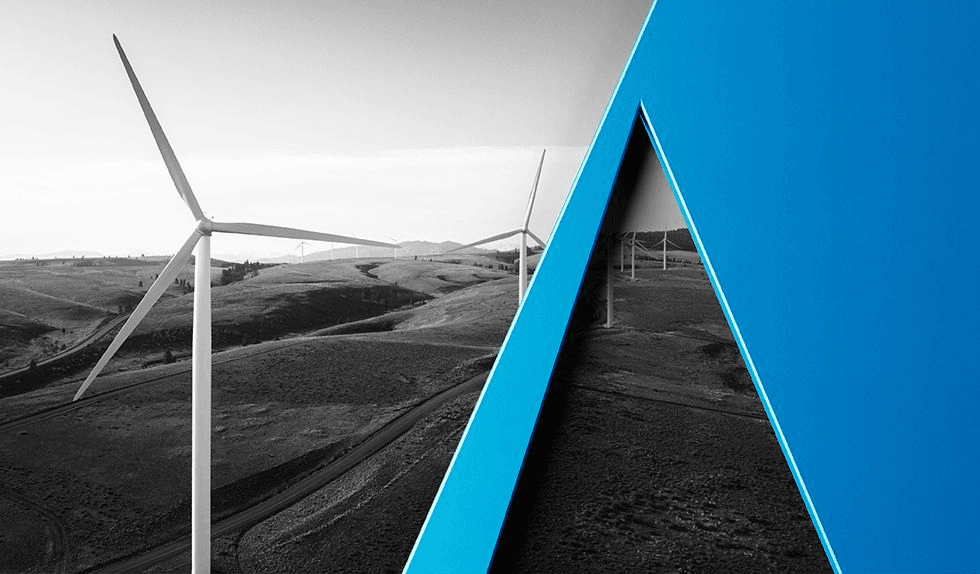Below are some key excerpts:
- Over $300 billion was invested in the U.S. renewable energy sector from 2004-2013.
- In 2013 alone, $36 billion was invested in U.S. renewable energy.
- Thanks to policies that have driven investment, and therefore industry growth, both wind and solar PV have reduced their respective equipment costs over the past 4 years by ~43 percent and ~80 percent respectively.
- The solar industry experienced a nearly 20 percent growth in employment.
- Deployment and innovation in the wind industry, largely due to the PTC, has allowed for a 90 percent reduction in the cost of wind.
- Current projections indicate new wind build increases to 6.5 GW in 2014 and 8.5 GW in 2015. With the PTC expiring, new installations are forecasted to fall to 2.5 GW in 2016.
- January 2013 legislation revised the credit by (a) replacing “placed in service” deadlines with “commence construction” deadline, and (b) extending deadline for wind energy facilities by one year, through December 31, 2013.
- Late extension of the PTC contributed to a 92% reduction in new wind installations in the U.S. in 2013.
- Only 1.6 MW were installed in Q1 2013 and 0 MW were installed in Q2 2013.
- However, more than 12,000 MW entered construction in the final quarter of 2013.
- A change in the language to a commence construction standard provides certainty and flexibility to utility-scale solar projects.
- With 12 large-scale solar projects expected to come online in 2016, a September 2013 analysis from SEIA reveals that the median time from the early steps of development to commencement of construction is just over three years.
- SEIA predicts that a change in the language to reflect commence construction would yield an additional 4,000 MW of electric generation capacity in 2017 and 2018.
- To-date, RPS has driven creation of 1/3 of current U.S. non-hydro renewable electricity.
- Renewable energy MLP status would be a very important policy addition that, when combined with existing tax driven policies, would not only support, but also accelerate growth in renewables.
- The MLP Parity Act, as currently drafted, could help raise this additional capital from institutional MLP investors against already operating projects, making available to renewable energy private investors and developers approximately 40 percent of the $500 billion MLP capital market.
- With applicability to renewable energy, this investment base is likely to grow with investors attracted to renewable energy’s typical profile as a stable, long-term cash generator via secure power purchase agreements with credit-worthy counterparties (utilities).
- More than 37 percent of all new U.S. power generation capacity in 2013 came from renewable energy sources.



